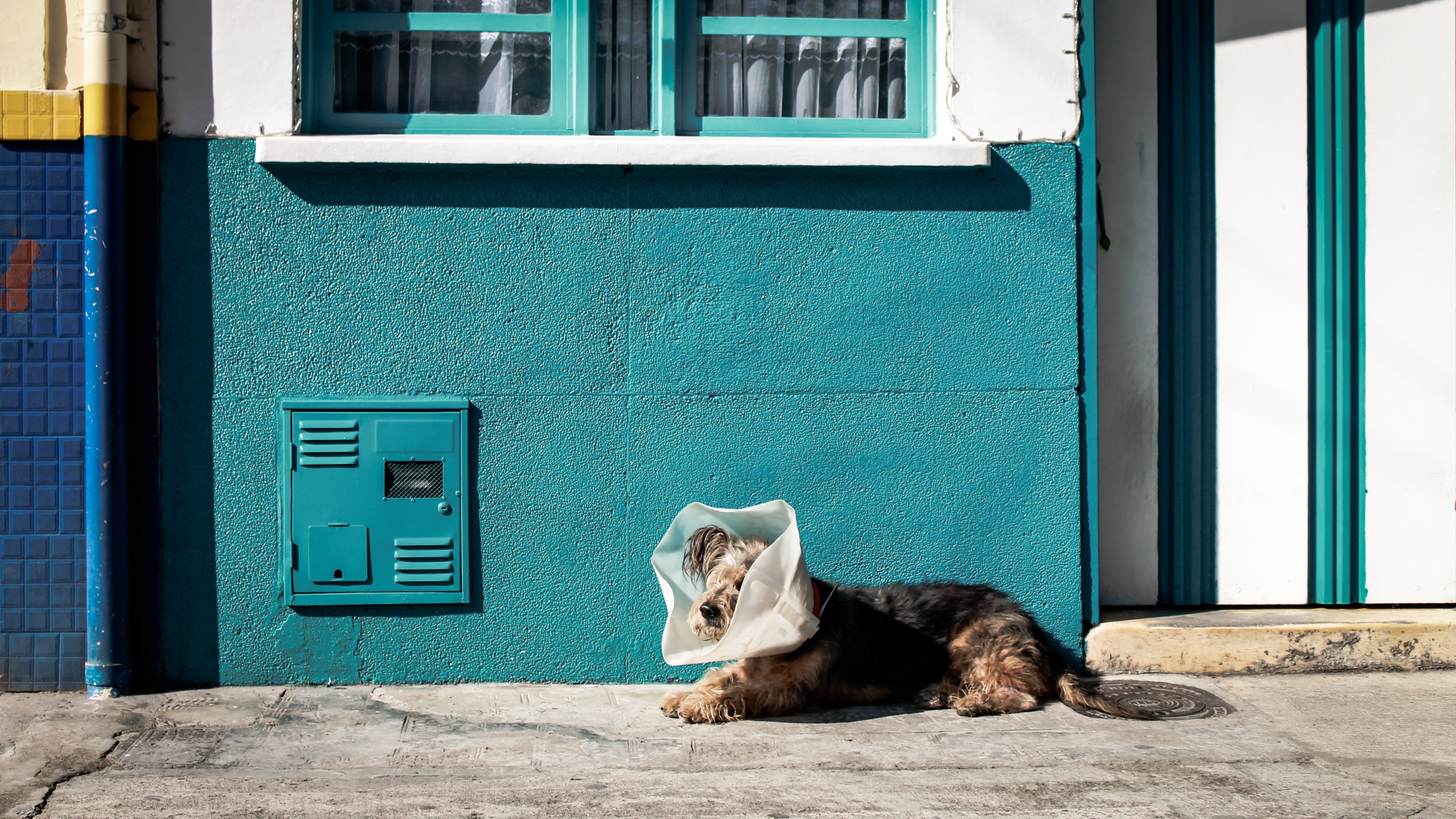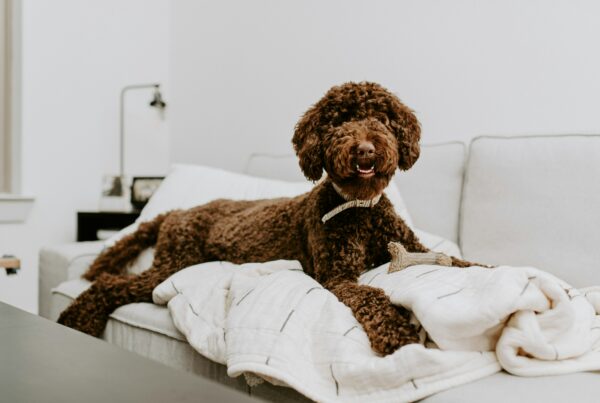After your dog has had surgery it’s perfectly normal to be a little worried and want to know everything you can do to ensure a smooth recovery. To this end your vet will likely have a few post-op instructions for you to follow and possibly a list medications your furry friend will need to take in order to be in tip-top shape.
Nevertheless, you may still find yourself wondering if there’s anything more you can do to make sure your pet is as comfortable as possible during the healing process. In order for your dog to ensure a quick and incident-free recovery, there are a few basic guidelines to follow:
Keep an eye on the incision
It’s important to keep a close watch over the incision while it heals so you’ll immediately be able to spot any potential complications should they arise. Be aware that minor bruising, swelling or seepage are often a normal part of the recovery process, so it’s best to consult your vet before taking any action.
Things to look out for include: redness that is spreading or covering large areas, any seepage such as pus, swelling, and a feeling of heat or hardness on the incision. These are all signs of a potential infection so it’s important that you contact the veterinarian who performed the surgery as soon as possible for further guidance.
Unless specifically instructed by your vet, it’s best to just leave the incision alone. You’re not generally required to clean it, however, should you notice it becoming crusty or dirty, simply lightly patting the area with a warm damp towel should be fine.
Medications and Home Care Advice
It is not uncommon for dogs to be sent home from surgery with antibiotics and pain medication– sometimes even sedatives if your dog is of the more rambunctious variety.
Pain medication is almost always prescribed following surgeries, but depending on the operation, antibiotics may not be required. Further, if your dog is typically calm and relaxed, then sedatives or anxiety medications may be omitted as well.
As mentioned earlier, unless otherwise instructed it’s best to leave the incision site alone and allow it heal naturally. However, it’s possible that you may be instructed to clean the wound or change bandages on a set schedule. If so, it’s recommended that you avoid using alcohol to clean the wound as it has an overpowering aroma and can sting, which in turn may cause your dog to try and lick it off, increasing the risk of infection.
Limit activity and encourage rest
It’s recommended that you limit your dog’s activity and movement for the first week or two post-op to ensure nothing irritates the wound and interferes with the recovery process. During this time, dogs should not be running or playing and when walked, only on a leash.
Any sudden movements like running or jumping can potentially reopen or irritate the incision, slowing recovery and increasing the risk of further complications.
For the most part dogs don’t need confined rest after an operation (such as being limited to a crate) and will get along just fine when kept indoors — outside of regular bathroom breaks, of course. Just try to make sure your dog avoids areas where they may be tempted to jump, such as on to their favorite couch or bed.
Keep your pets temporarily separated
When you bring your dog home from their surgery they will likely still be coming off of the anesthesia administered during the operation. As a result, it’s best to keep them separated from your other pets for the first 10 to 14 days. Because of the disorientation and potential pain they could be experiencing, even if your dog is well-behaved and gets along with your other pets most of the time, during the healing stages they may be more easily irritated than usual and could bite.
You should also be cautious about having your dog around children at this time as well, because biting doesn’t stop with your other pets, after all. In the meantime, don’t worry that your dog has suddenly developed new bad habits as this behavior is only temporary.
Increase water and reduce food intake
For the first two weeks following surgery it’s recommended to moderately reduce your dog’s food consumption and try to increase their intake of water. Your dog probably won’t want to drink that much but it’s a good idea to encourage it anyway, as their bodies require more hydration during the healing process.
Also, remember that your dog is likely to feel somewhat nauseous for the first few days after surgery, so it’s wise to slightly limit their food intake to help reduce incidents of vomiting.
As long as you’re keeping a close eye on your dog’s behavior and making sure their wound is healing, the recovery process will likely be incident-free. By following the above instructions and limiting their activity and exposure to your other pets and children, you can be sure your furry friend will heal as quickly and comfortably as possible.




